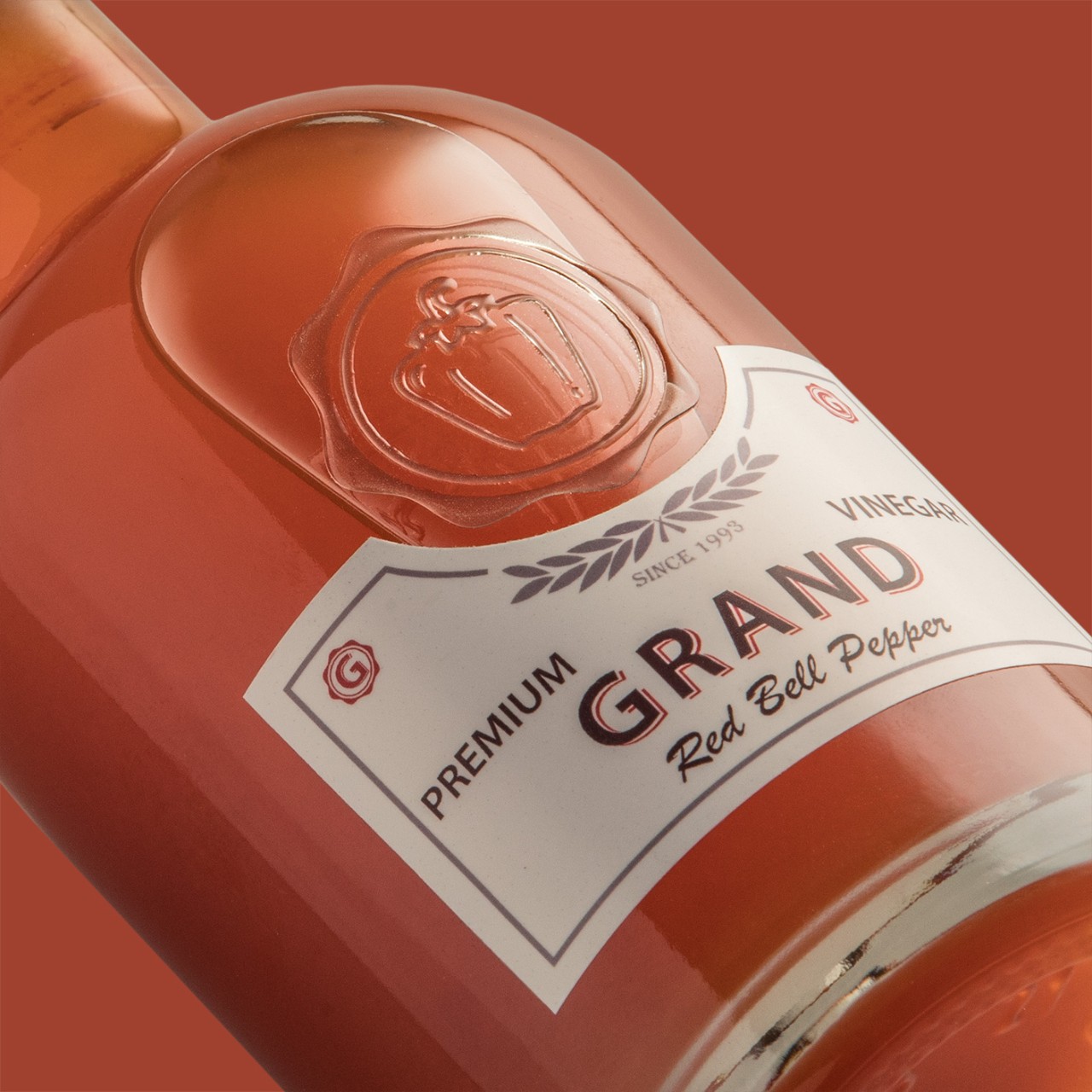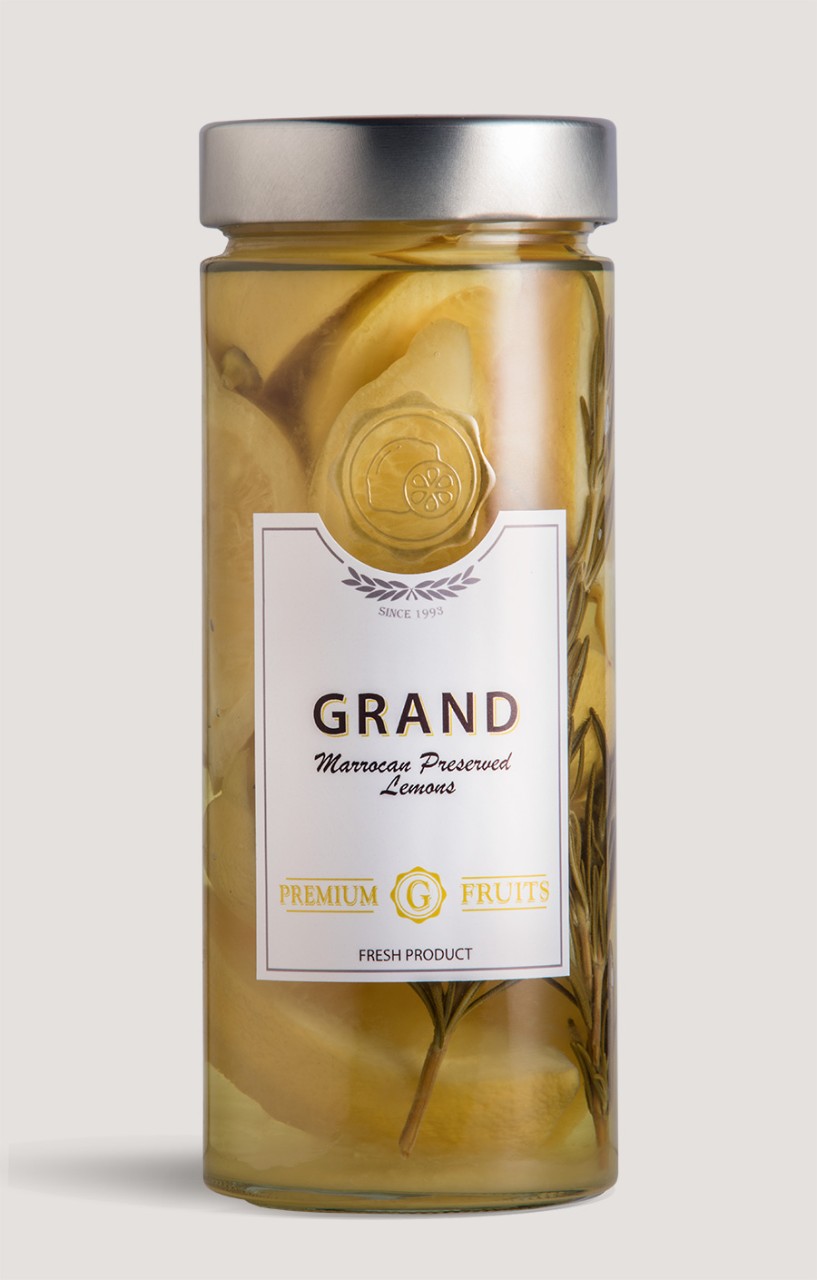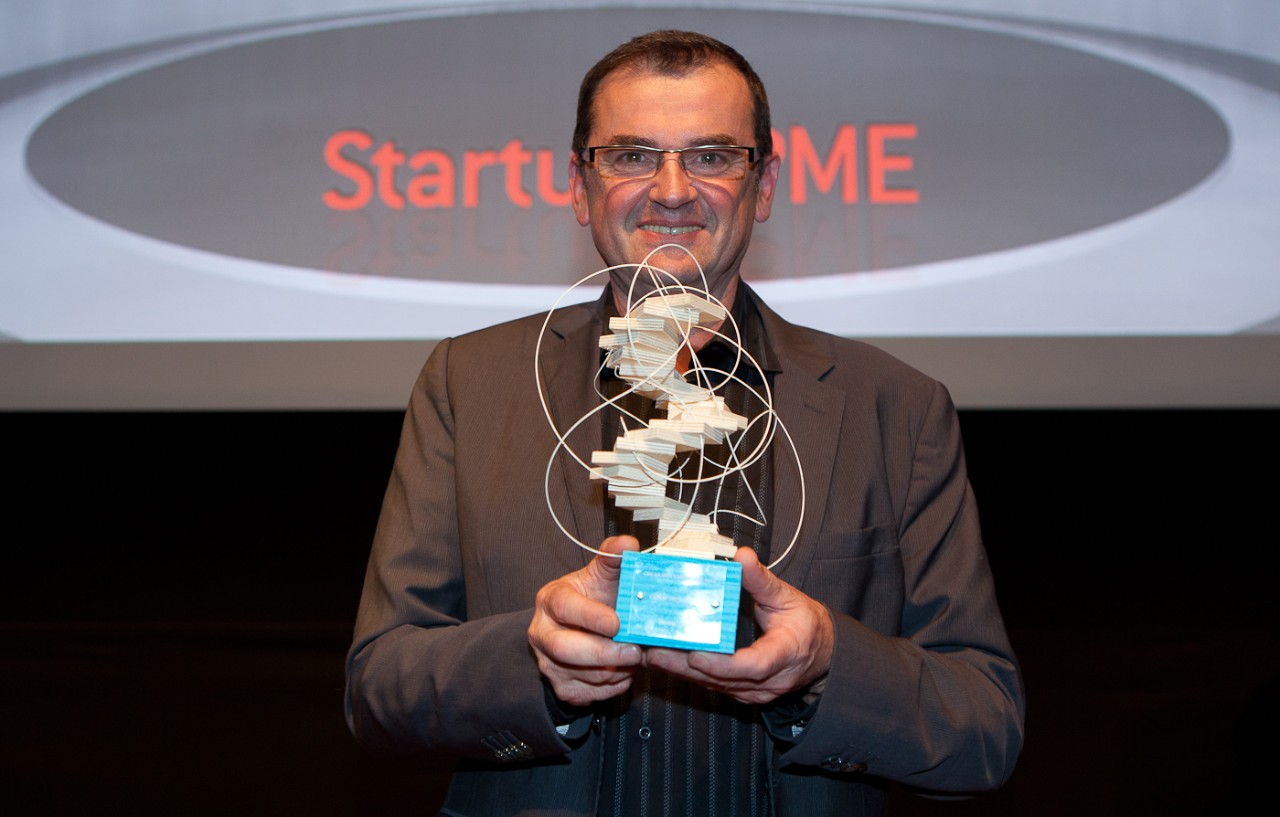Rethinking wine packaging with Label’Glass
When Jean David Quintin of Cevenpack started his professional career in the printing industry 35 years ago, he had no clue a simple idea would impact an entire industry. But today, his innovative concept, combined with the materials science power of Avery Dennison are changing the way wine bottle designers do their work.
Label’Glass® technology is a patented innovation which simulates glass embossing, using a self-adhesive label. This new application means significantly reduced production time, cost and complexity for winemakers, distillers and packaging designers. With glassmaker fees ranging from €15,000 to €40,000, Label’Glass offers a much faster return on investment and increased flexibility in design and application.
In November 2018, M_user contributors Ashley Clark and Marit Meelis had a chance to connect with the Label’Glass pioneer to learn more about his inspiration and process.


M_use: Why is Label’Glass taking off now? What’s different today compared to 20 years ago?
Jean David Quintin: For many years winemakers were interested in customised glass bottles. Embossed designs enabled strong brand messages and quality, and there were many glass suppliers willing to produce in small quantities. That all changed. Today’s market is very different. With daunting minimum order quantities, typical payback is after ten million bottles.
The appetite for unique bottles persists, of course. Smaller winemakers still want to set themselves apart—nothing compares with the impact of a unique bottle, and being able to shape the bottle itself gives label designers whole new creative avenues to explore. It was maybe 20 years ago that I first wondered if we could do something exciting for smaller producers, by using labels in a new way.
The market was not ready for that at the time. But ten years later, my wife and I decided to work together to create a company called CevenPack, after the nearby Cévennes region. One early customer, Jaillance, began working with us to customise their bottles, and we developed our new labelling technology in collaboration with them, a technology that suited their lightweight bottles.
M: How does Label’Glass add to bottle design?
J: We wanted to give designers a new toolkit, and a way for small wineries to compete on equal terms with the large producers. Embossed bottles evoke earlier periods when bottles were expensive, hand-crafted artisan items, and the nobility would have their coat of arms on a bottle. By creating an “embossed” bottle, a winery can suggest greater age for a young wine, and a greater sense of importance.
An extra value is the customization without the added price of a custom bottle. If there’s a specific logo on the shoulder of the bottle, we help the consumer choose this bottle over another one. We have big customers saying they are growing sales because of their new packaging.
An additional value add is specifically for sparkling wines. If you want an embossed glass bottle for a sparkling wine, you normally need up to 50% higher bottle weight to overcome the weakness in the bottle which is caused by micro-cracks. This means higher production and transport costs, as well as lower sustainability. With Label’Glass technology, you can convincingly simulate a glass embossing effect without increasing the bottle weight and without the risk of bottle breakage during bottling and storage.
M: Can you explain how collaboration has been crucial in the development of Label’Glass?
J: Collaboration was crucial at every stage of development. We have worked with Jaillance, with printer Asti—we have a 20-year relationship with them—and of course with Avery Dennison too. Avery Dennison has been instrumental in lifting the Label’Glass brand from obscurity to winning an innovation award. All of this was possible because of our partnership and the culture of innovation at Avery Dennison.
Since working with Avery Dennison, we discovered big customer partnership opportunities and have reached two or three new markets. We now have an opportunity to make some strides in Australia. We’ve also made strides in labeler workshops because it’s very possible to make this kind of choice with a big partner. The interest of the company means a connection with all the world, all the competitors, all the suppliers and many customers from every country. I love working with Avery Dennison because I know they are good people. Working with this team is like working with one big family.

M: You spent years developing Label’Glass, why do you believe so much in it?
J: I believe in continued development in Label’Glass because I believe in the future of it. When each week we see new customer requests, I know we are on the right path. We are sure today there is a market for this kind of product. Before, there was only one customer. But now, it’s clear there is international demand. All of our customers ask the same thing, which is why I’m still working to develop new ideas every month. For years, I wondered if I was on the wrong path, but today I can see there is a market for Label’Glass to grow.
M: What’s next for you and for Label’Glass?
J: This year we were an exhibitor at Luxe Pack Monaco. It’s an extremely competitive show with only 400 exhibitors. All visitors are very important, even though there are few. Designers, purchasing managers and all well-known brands from around the world. It’s a big opportunity to present our glass labeling solution to some big companies.
For me, it’s about slowing down to the simple things, while still continuing to innovate. In my free time, I spend time with my family. I have three children and six grandchildren. I love to ride horses. I like to discover new wines because it helps me to understand the wine landscape and market. We live in a small village in the countryside of the south of France. It’s easy to forget all the things I’ve done during the week and enjoy the beautiful olive trees and just go back to the simple task of producing olive oil.








